MVA Head Offers Explanation, Apology for Voter Registration Computer Glitch
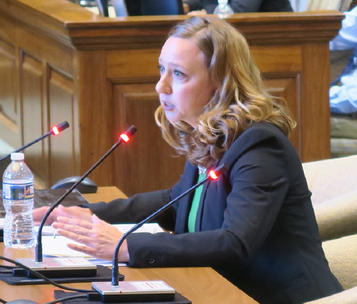
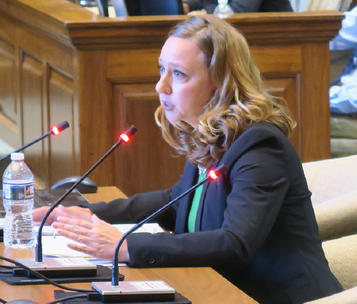
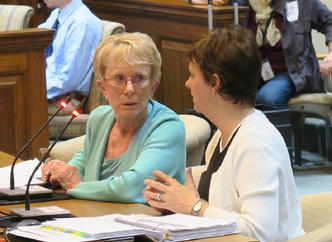
Maryland State Election Administrator Linda H. Lamone, left, compares notes with her deputy, Nikki Baines Charlson, as they answer questions from legislators looking into Motor Vehicle Administration computer problems. Photo by William F. Zorzi
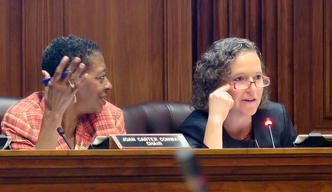
State Sen. Joan Carter Conway, chair of the Senate Education, Health and Environmental Affairs Committee, and Del. Anne R. Kaiser, chair of the House Ways and Means Committee, preside over the joint committee hearing. Photo by William F. Zorzi


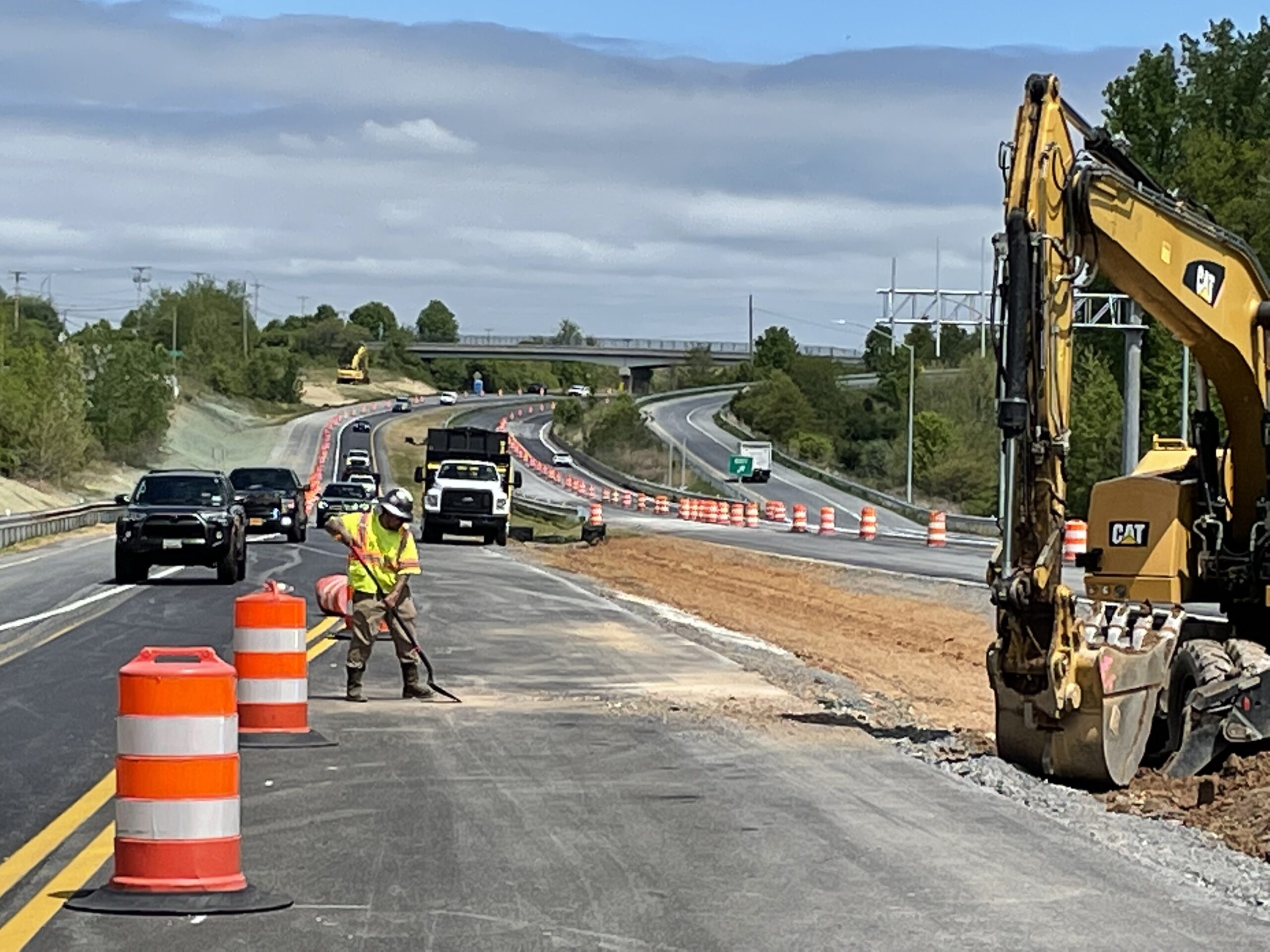
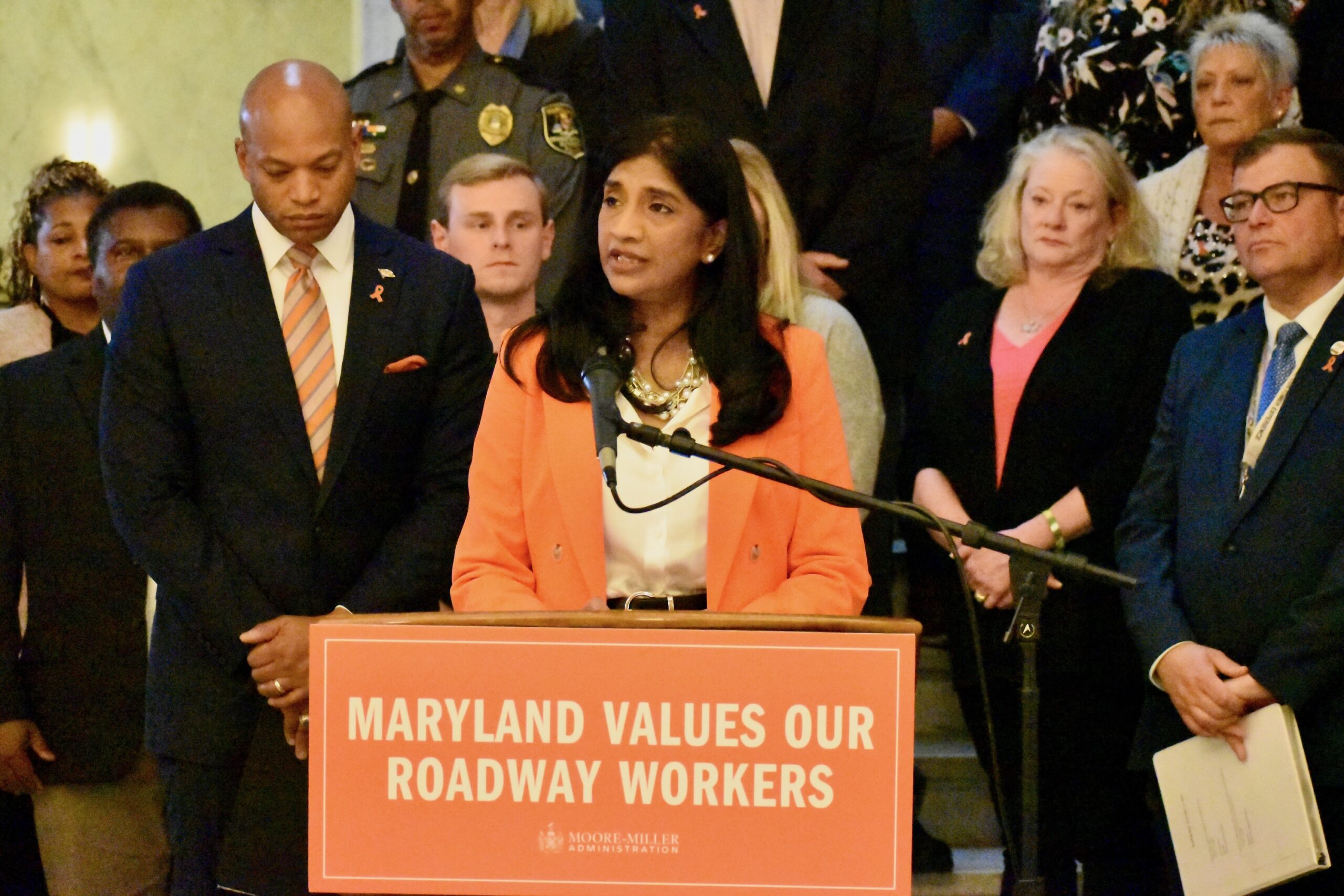
 Creative Commons Attribution
Creative Commons Attribution